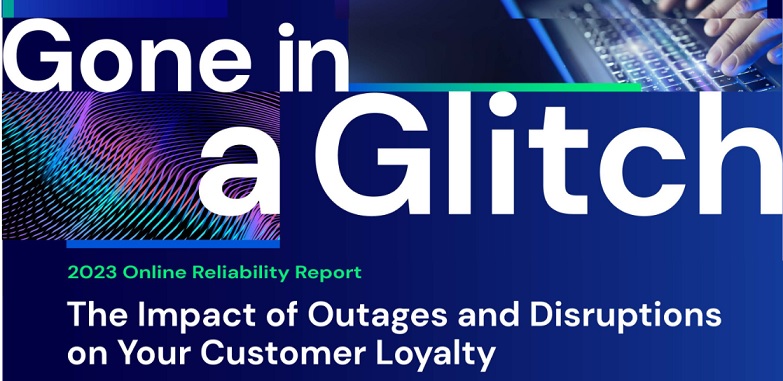
From broadcast blackouts sending college football fans into a frenzy to pre-sale concert ticket site outages causing widespread hysteria, the inability to get things done in the event of an app or website glitch is taking an emotional toll on consumers in the United States.
In the 2023 Online Reliability Report sponsored by Chronosphere, Gone in a Glitch, 94% of respondents say apps and websites are less reliable today than one year ago, leaving many feeling frustrated (71%), annoyed (65%) and even angry (26%).

Source: Chronosphere
"We live in an age of instant gratification. Regardless of the industry, customers will eventually switch to a competitor if they encounter too many app or website problems," said Martin Mao, CEO and Founder, Chronosphere. "This survey shows that the writing is on the wall. Americans will eventually ditch glitchy or slow apps and websites. The reputation of your brand ultimately lies in the reliability and availability of your digital infrastructure."
Report findings include:
■ 25% of respondents switch to a competitor when an app or website is slow or less reliable than usual.
■ On average, respondents tolerate less than four instances of unreliability before they switch to a competitor or stop using the app.
■ When having problems with an app or website, more than half (58%) blame the brand itself, more than other factors like the Internet provider or hardware.
■ 61% of respondents say they experience unreliable apps or websites once a week with Gen Z (25%) reporting experiencing glitches daily.
■ 95% of consumers report adverse emotions when a digital platform doesn't deliver as anticipated.
■ 1 in 4 members of Gen Z (25%) have cried at least once when an app or website went down.
■ One-third of all respondents say online disruptions are more frustrating than being stuck in traffic or bad weather ruining their plans.
■ 13% feel they are outright owed something from an app or website during an outage, and 16% for Gen Z and Millennials.
Methodology: The survey, prepared by Method Research and distributed by Dynata, involved 2,000 American consumers ages 18+ that spend 3 or more hours a day online, and collected from May 25 to May 31, 2023.
Mao continues, "For any business, nurturing customer relationships is key. Customers need apps they can count on, and if their expectations aren't met, your brand will get left behind."
